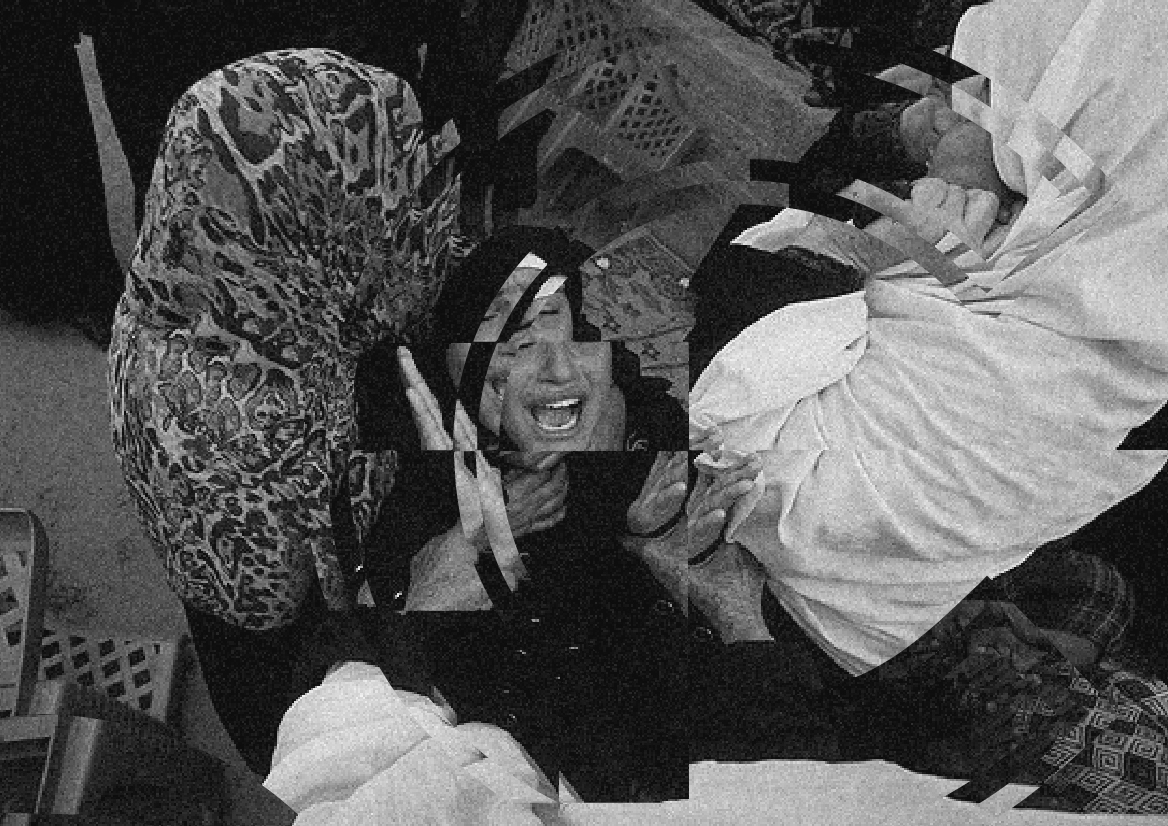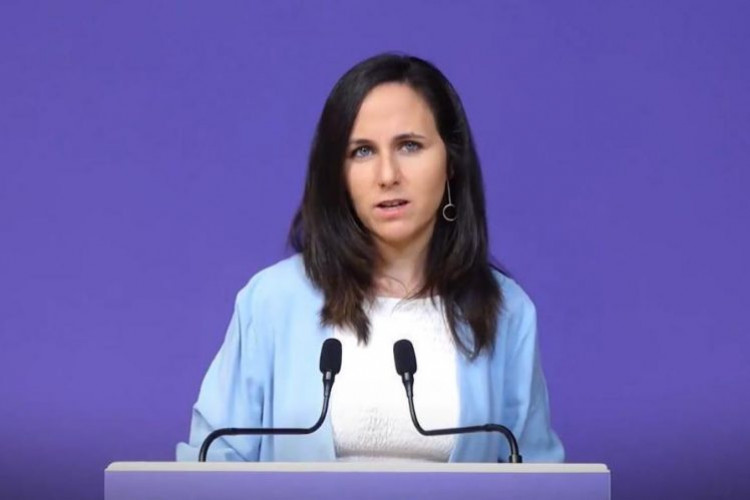
Bombs Know No Gender, but Women Takes the Worse End of the Blow
In this Open Column submission, Nathania Azalia brings prominence to the severe toll of armed land occupation, notably on how women actually endure the worse end of the calamity.
Words by Whiteboard Journal
Blood, maelstrom, and destruction. Repercussions left by footprints of armed violence by the decisions of a handful of elites—war. Women are the ones taking on the worst out of it.
Centuries of history have taught us about the brutality of conflict and its impacts on human life. Death, displacement, humanitarian crises, impoverishment, and so on. Regardless of gender, no one should have to go through the dehumanizing, continuous occurrence of violence. That is an unalienable fact. However, what many people fail to be aware of is how different, and worse, women’s conditions are in the situations of war.
Studies have found that women living in conditions of war are vulnerable to poverty and prostitution. They are often sexually assaulted, raped, and trafficked, often in exchange for food. This is exacerbated by the nature of the hyper-masculinity of war, which worsens the cases of sexual exploitation (Hynes, 2004). On the other hand, women are also exposed to poor healthcare. The lack of sanitary pads and inadequate pregnancy and birth care services are a few examples of factors that put women more at risk of pain, diseases, and death.
In the Congo, women are increasingly vulnerable to sexual violence and exploitation. There are on average 70 victims of sexual assault visiting clinics of Doctors Without Borders in displacement camps. A lot of them were raped when they were out trying to scour for food. In the Central African Republic, sexual violence itself is being used as a weapon of war, according to Human Rights Watch. Armed groups use rape and sexual slavery as a revenge tactic against opposing parties, with women and girls being victims of this disgusting and dehumanising action. They also had to bear being ostracised and abandoned by their family, bearing the blame for what had happened to them. To this second, nothing is happening to bring justice to these women and children, further scarring them physically and psychologically.
In Gaza, women are forced to give birth without sterilisation or anaesthesia. They had to bear the immense pain of childbirth after also having carried their children under dangerous and depressing conditions. Furthermore, food insecurity worsens their condition, increasing the risk of dehydration and malnutrition. They are not eating enough to be able to produce milk and nurse their newborn, while the supply of baby formula is also running short. Hygienic menstrual care is also a problem faced by women in Gaza. They had to resort to cutting pieces of rags from their clothes and using them as substitutes for menstrual sanitary towels. They also do not have access to water, soap, and clean towels, which are essential to menstrual hygiene.10 This has caused them skin infections from the lack of access to clean pads. As a result, women and girls have to resort to consuming period-delaying pills, norethisterone, which are prescribed to heighten progesterone hormone levels and prevent the shedding of the uterus, and have serious side effects such as irregular menstruation.
In Myanmar, Rohingya women also have to experience the terror of weaponized sexual violence happening by the “reinforcing, perpetuating and exacerbating pre-existing, persistent gender inequalities, gender-based violence and discrimination.” Almost 52% of the displaced Rohingyans are women and girls, and every day they are exposed to the risk of gender-based assault committed by locals and Myanmar army members. Poverty has also forced them to be victims of transactional sex, human trafficking, and child and forced marriages. Moreover, they have to bear the risk of very poor hygiene. The lack of toilets, water, or electricity makes them vulnerable to diseases.
Why is this still happening? Inequality and discrimination against women are the underlying issues of these brutalities. Women do not have significant access to basic resources. In a lot of cases in which they have lost their spouses in the war, they become heads of the family responsible for protecting and feeding their children with little to no income, making them vulnerable as victims of assault. Additionally, relief aids typically lag in helping and supplying women’s basic needs, with problems such as cultural and/or ideological barriers and systemic challenges.
These horrors that women and girls have to face will carry on if wars continue to rage. Where hyper-masculinity actively shapes and is shaped by the active engagement of war, it automatically dismisses women out of the equation.
These are but only a few cases of the impacts of war on women and by no means that this writing is a complete coverage of its extensive discrimination and violence against women and girls. This writing is meant as a form of awareness highlighting the urgent impacts of war that are often overshadowed.
We should be aware that, although bombs do not discriminate against their victims’ gender, the further effects of war are experienced in worse conditions by women and girls. It has to be made aware that each and every one of them is not just numbers in a statistic, and that they have experienced real pain and real violence, inflicted unfairly and inhumanely.
We should be conscious so it would not be cloaked with cloth and kept to the side as a taboo topic. As history has always done to women.











